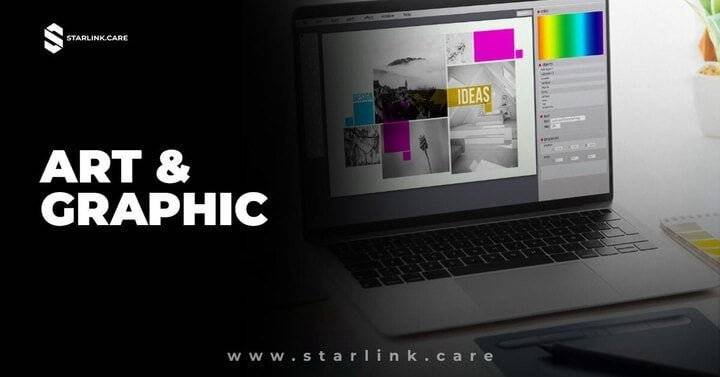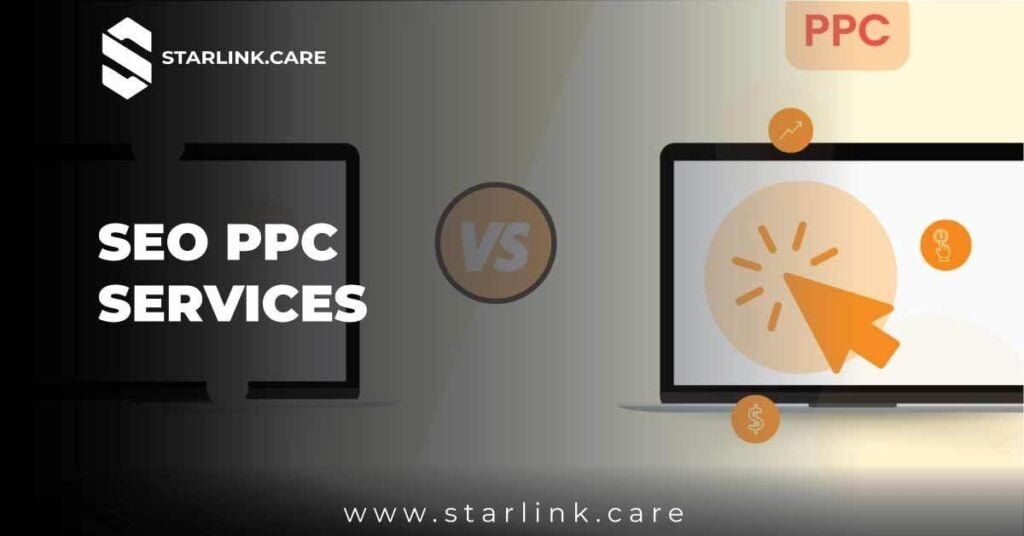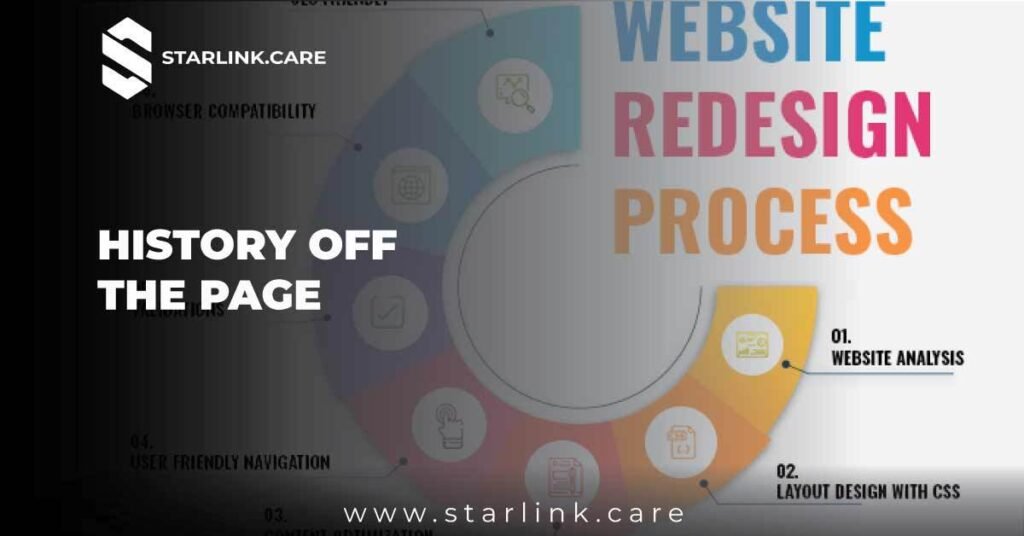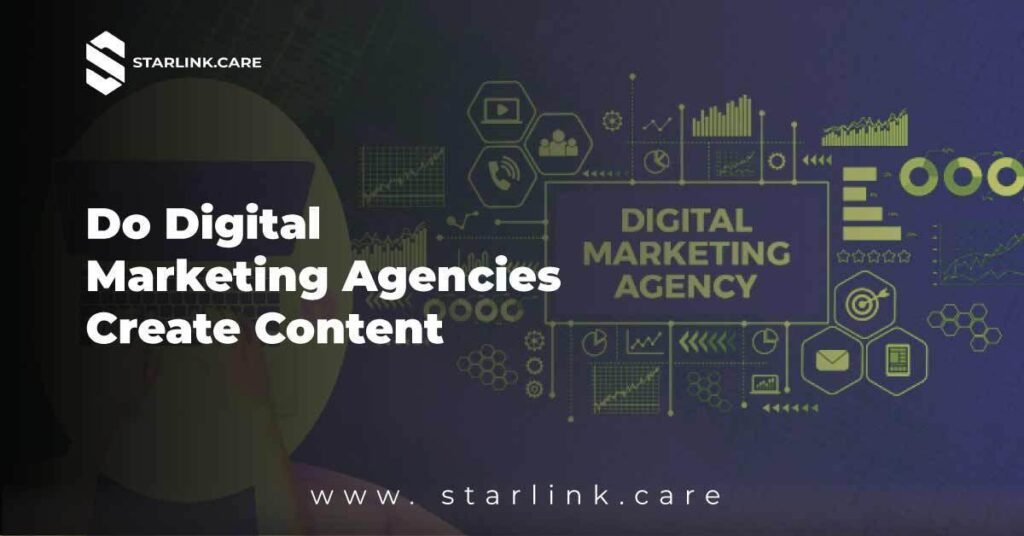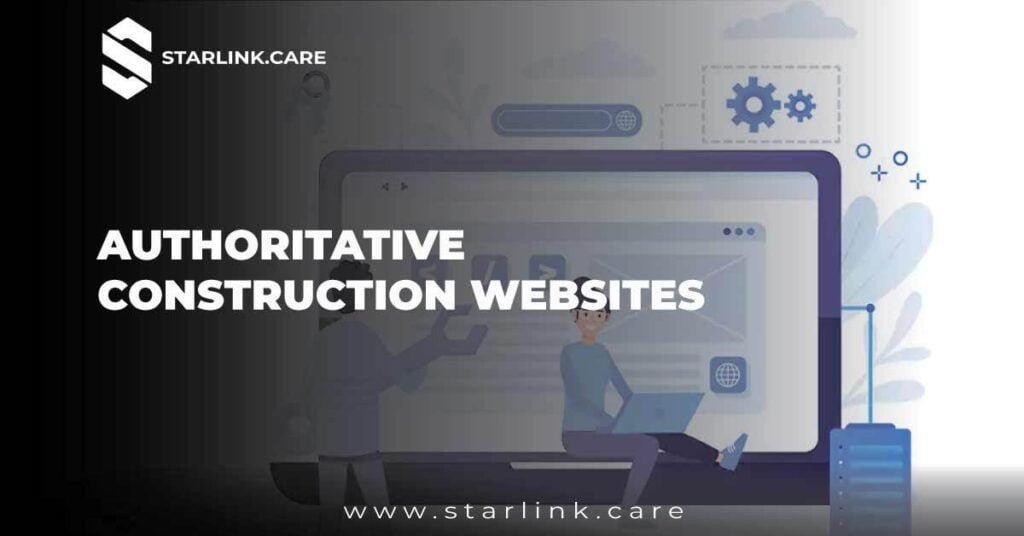Exploring the World of Art & Graphic Design
Art & graphic design are powerful mediums that transform ideas into visual experiences. Whether you’re looking to enhance your personal brand, promote a business, or simply appreciate creative expressions, understanding these fields can be incredibly valuable. This article delves into the essentials of art and graphic design, providing insights into their importance, key elements, and how you can leverage them effectively.
What is Art & Graphic Design?
Art is the expression of human creativity and imagination, often manifested through visual, auditory, or performance mediums. It encompasses everything from traditional painting and sculpture to modern digital creations.
Graphic design service, on the other hand, is a specific field within art focused on visual communication. It involves creating visual content to convey messages and ideas effectively. Graphic design combines images, typography, and color to produce designs for various applications, such as websites, advertisements, logos, and more.
Why Art & Graphic Design Matter
1. Enhancing Communication
Effective graphic design helps communicate messages clearly and persuasively. For instance, a well-designed logo can instantly convey a brand’s identity and values. Art, meanwhile, has the power to evoke emotions and inspire thoughts, making it a crucial tool for storytelling and expression.
2. Building Brand Identity
In the business world, graphic design plays a critical role in establishing and maintaining a brand’s identity. A cohesive visual style, including logos, color schemes, and typography, helps businesses create a memorable and professional image. This visual consistency can foster trust and recognition among customers.
3. Driving Engagement
Engaging art and graphic design can capture attention and drive interactions. Whether it’s a striking advertisement or an interactive website design, compelling visuals can attract and retain viewers, encouraging them to take desired actions.
Key Elements of Art & Graphic Design
1. Color Theory
Color is a fundamental aspect of graphic design and art. Different colors evoke different emotions and responses. Understanding color theory can help you choose the right palette for your projects. For example, blue often represents trust and professionalism, while red can convey excitement and urgency.
2. Typography
Typography refers to the style and arrangement of text. In graphic design, choosing the right fonts and arranging them effectively is crucial for readability and visual appeal. Typography can set the tone of a design and influence how messages are perceived.
3. Layout and Composition
Layout and composition involve organizing visual elements in a way that is aesthetically pleasing and functional. This includes positioning text, images, and other elements to guide the viewer’s eye and create a cohesive design. Good layout ensures that the most important information stands out.
4. Visual Hierarchy
Visual hierarchy is the arrangement of elements in a design to signify their importance. By using size, color, and placement, designers can create a clear path for the viewer’s attention. For instance, a headline in bold and large font will typically attract more attention than body text.
5. Imagery and Graphics
Using high-quality imagery and graphics can greatly enhance a design. This includes photos, illustrations, and icons that complement the text and contribute to the overall message. Effective imagery should be relevant, engaging, and aligned with the design’s purpose.
How to Get Started with Art & Graphic Design
Step 1: Define Your Goals
Before diving into any design project, it’s important to define your goals. What do you want to achieve with your design? Are you creating a brand identity, promoting a product, or simply expressing a creative idea? Clear goals will guide your design process and help you make informed decisions.
Step 2: Research and Inspiration
Gathering research and inspiration is a crucial step. Look at existing designs, art pieces, and trends in your area of interest. This can help you understand what works well and spark ideas for your own project. Websites like Behance and Dribbble are great sources of design inspiration.
Step 3: Sketch and Plan
Sketching and planning are essential for visualizing your ideas. Create rough sketches or wireframes to outline your design’s layout and structure. This step allows you to experiment with different concepts and refine your approach before starting the final design.
Step 4: Create and Iterate
With your plan in place, begin creating your design. Use graphic design software such as Adobe Illustrator or Canva to bring your vision to life. Don’t be afraid to iterate and refine your design based on feedback and your own observations.
Step 5: Seek Feedback
Obtaining feedback from others can provide valuable insights and help improve your design. Share your work with peers, clients, or online communities and be open to constructive criticism. This feedback can highlight areas for improvement and validate your design choices.
Step 6: Finalize and Implement
Once you’re satisfied with the design, finalize it and prepare it for implementation. Ensure that all files are properly formatted and optimized for their intended use, whether it’s for print, digital media, or other applications.
The Impact of Art & Graphic Design on Business
Effective art and graphic design can have a profound impact on a business’s success. From creating a memorable brand identity to driving customer engagement, well-executed design helps businesses stand out in a crowded marketplace.
For example, a business that invests in high-quality graphic design service for its website and marketing materials is more likely to attract and retain customers. A visually appealing design can enhance user experience, convey professionalism, and foster trust.
Conclusion
Art and graphic design are integral to creating effective visual communication and building a strong brand presence. By understanding the key elements and following a structured design process, you can create designs that resonate with your audience and achieve your goals.
If you’re looking to enhance your design skills or invest in professional art and graphic design services, consider reaching out to experts in the field. Their expertise can help you bring your vision to life and make a lasting impression.
For more information about top-notch Graphic design services, you can visit Starlink.care to explore professional options and elevate your design projects.

